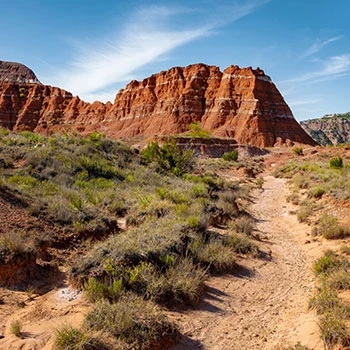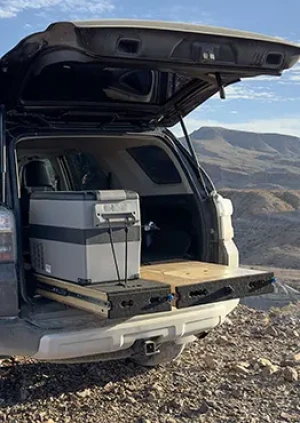Exploring the Majesty of Big Bend National Park: A Natural Wonder of Texas
Nestled along the meandering Rio Grande River, Big Bend National Park stands as a testament to the raw, untamed beauty of the American Southwest. Spanning over 800,000 acres of rugged terrain in the state of Texas, this sprawling expanse of wilderness offers visitors a glimpse into the diverse ecosystems and rich cultural history that define the region.
A Geological Tapestry
At the heart of Big Bend National Park lies a rich tapestry of geological wonders. Towering limestone cliffs, jagged canyons, and vast desert expanses paint a portrait of a landscape shaped by millions of years of geological processes. The park is home to some of the most dramatic geological features in the United States, including the iconic Santa Elena Canyon, where the towering cliffs rise over 1,500 feet above the Rio Grande River, creating a breathtaking backdrop for hikers, kayakers, and photographers alike.
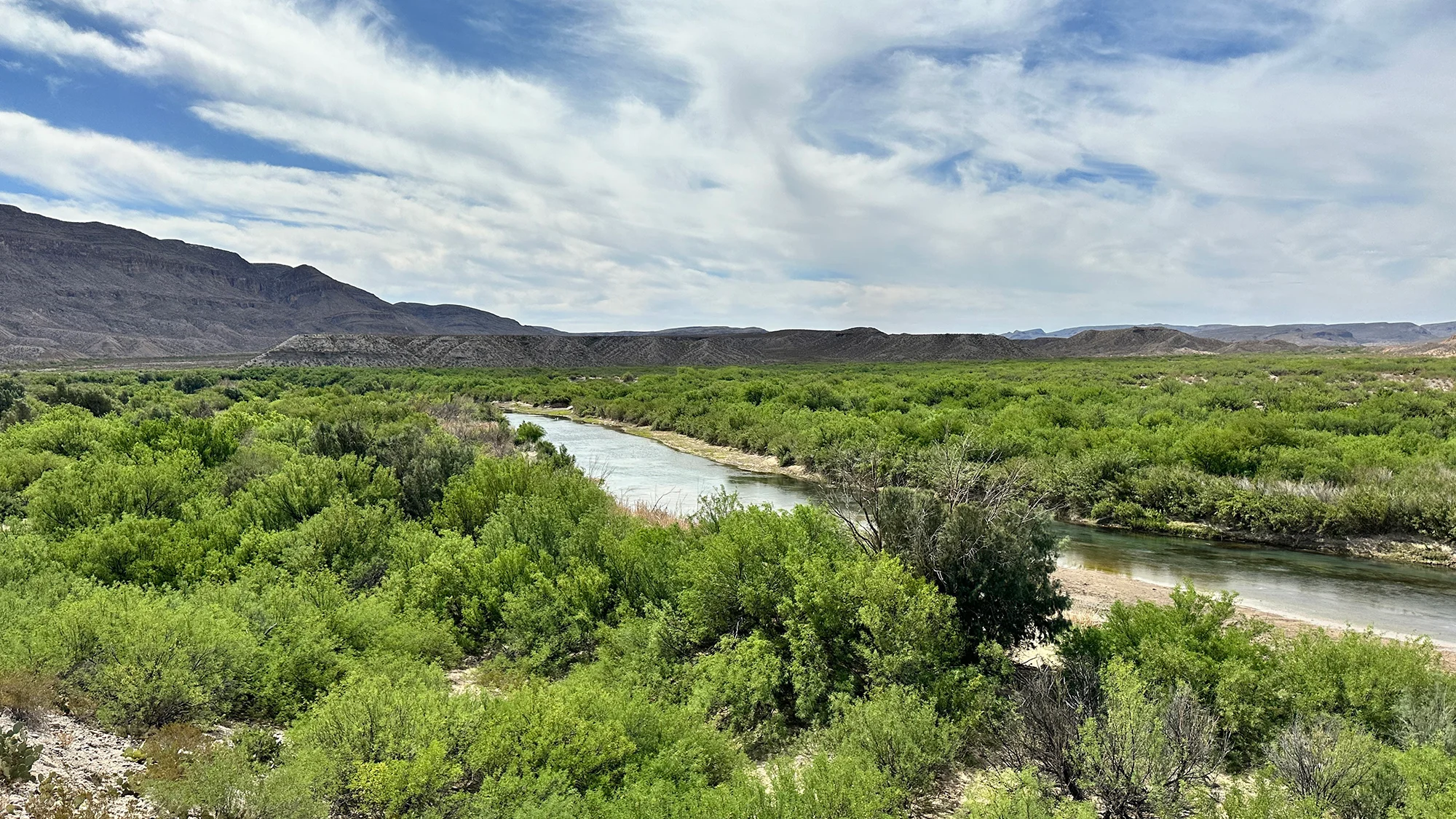
Biodiversity Hotspot
Despite its arid climate, Big Bend is teeming with life. The park is home to over 1,200 species of plants, 450 species of birds, 75 species of mammals, and countless reptiles, amphibians, and insects. From the elusive mountain lion to the iconic roadrunner, the park offers wildlife enthusiasts ample opportunities to observe and appreciate the rich biodiversity of the Chihuahuan Desert.
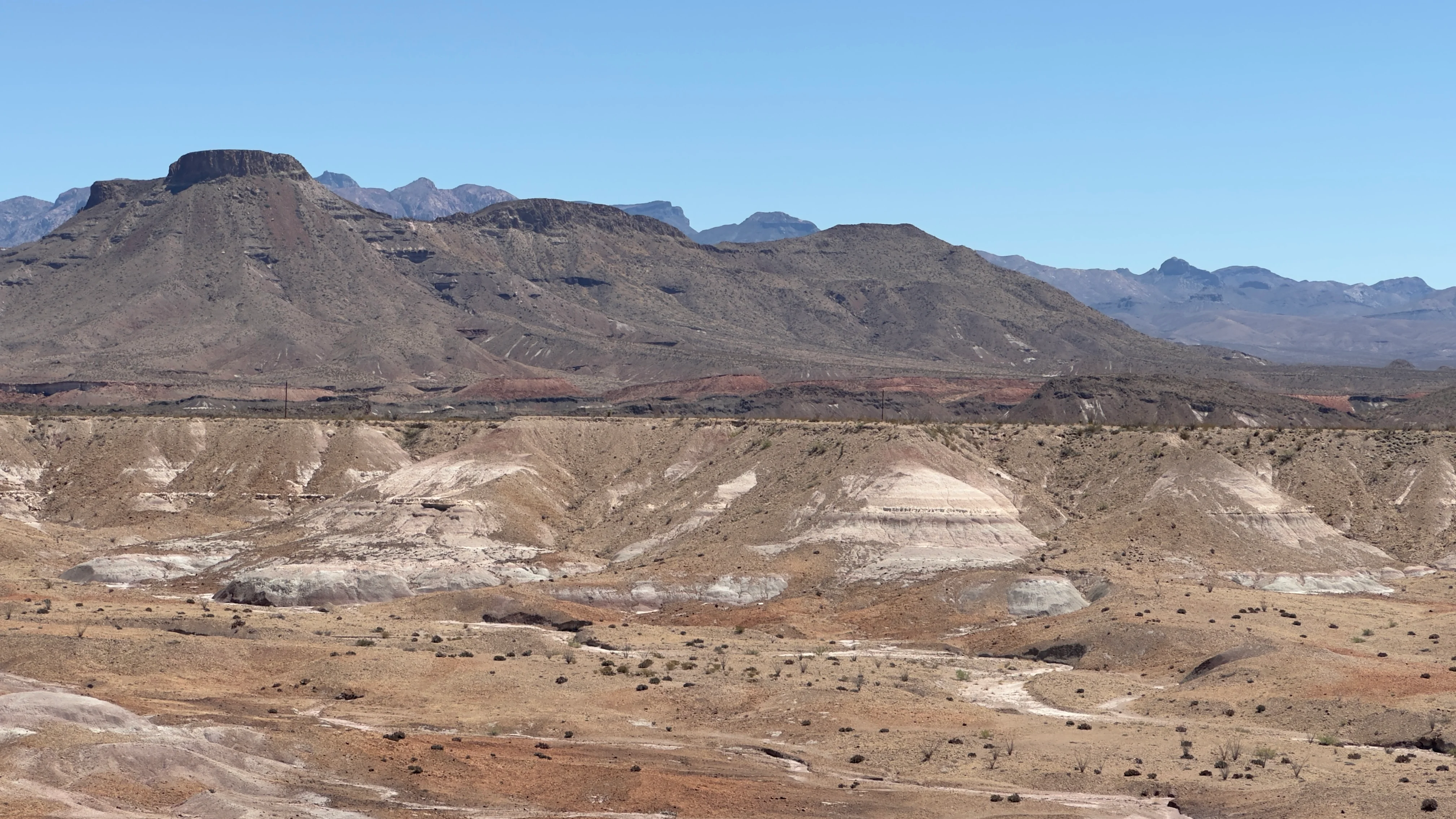
Planning Your Visit
Whether you're seeking adventure, solitude, or simply a deeper connection to the natural world, Big Bend National Park offers something for everyone. The best way to explore the park is to go by car for 3-4 days. You will be able to visit a lot of trails such as: Santa Elena Canyon, Tuff Canyon, Chimneys, Lower Burro Mesa Pour-off, Window View, Chihuahuan Desert Nature and make sure to drive through Ross Maxwell Scenic Drive and Old Maverik Road Trailhead. For a more convenient journey buy a camping kit with drawers, kitchen and sleeping platforms.
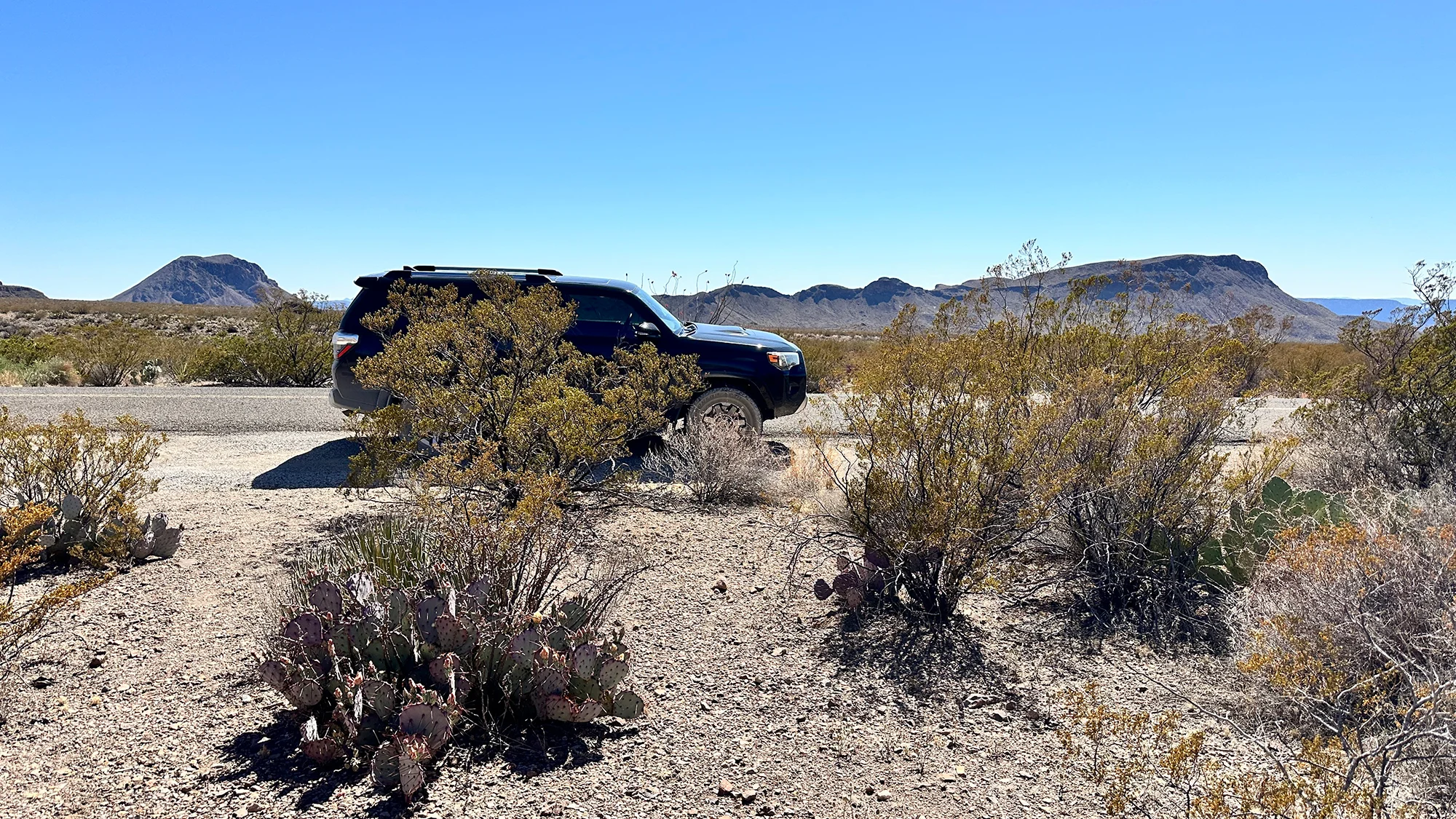
Outdoor Adventures
For outdoor enthusiasts, Big Bend National Park is a playground like no other. With over 150 miles of hiking trails, ranging from leisurely strolls to challenging backcountry treks, there's something for every skill level and interest. The park's remote location also makes it an ideal destination for stargazing, with some of the darkest skies in the continental United States providing unparalleled views of the Milky Way and countless other celestial wonders.
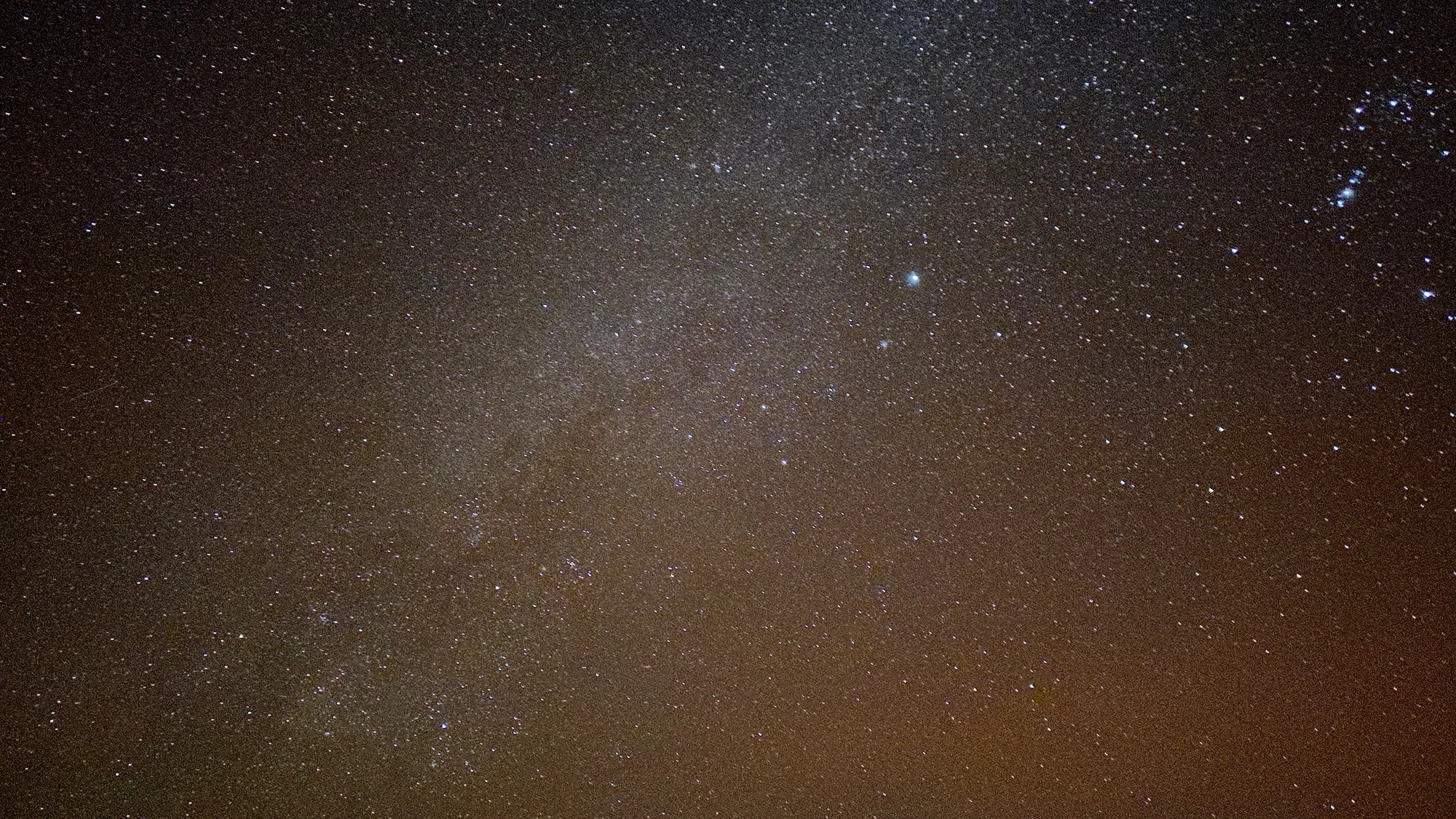
Cultural Heritage
In addition to its natural beauty, Big Bend National Park is also steeped in cultural history. For thousands of years, indigenous peoples have called this rugged landscape home, leaving behind a rich legacy of rock art, petroglyphs, and archaeological sites that offer a glimpse into their way of life. The park is also home to the ruins of several historic settlements, including the ghost town of Terlingua, which once thrived as a mining community in the early 20th century.
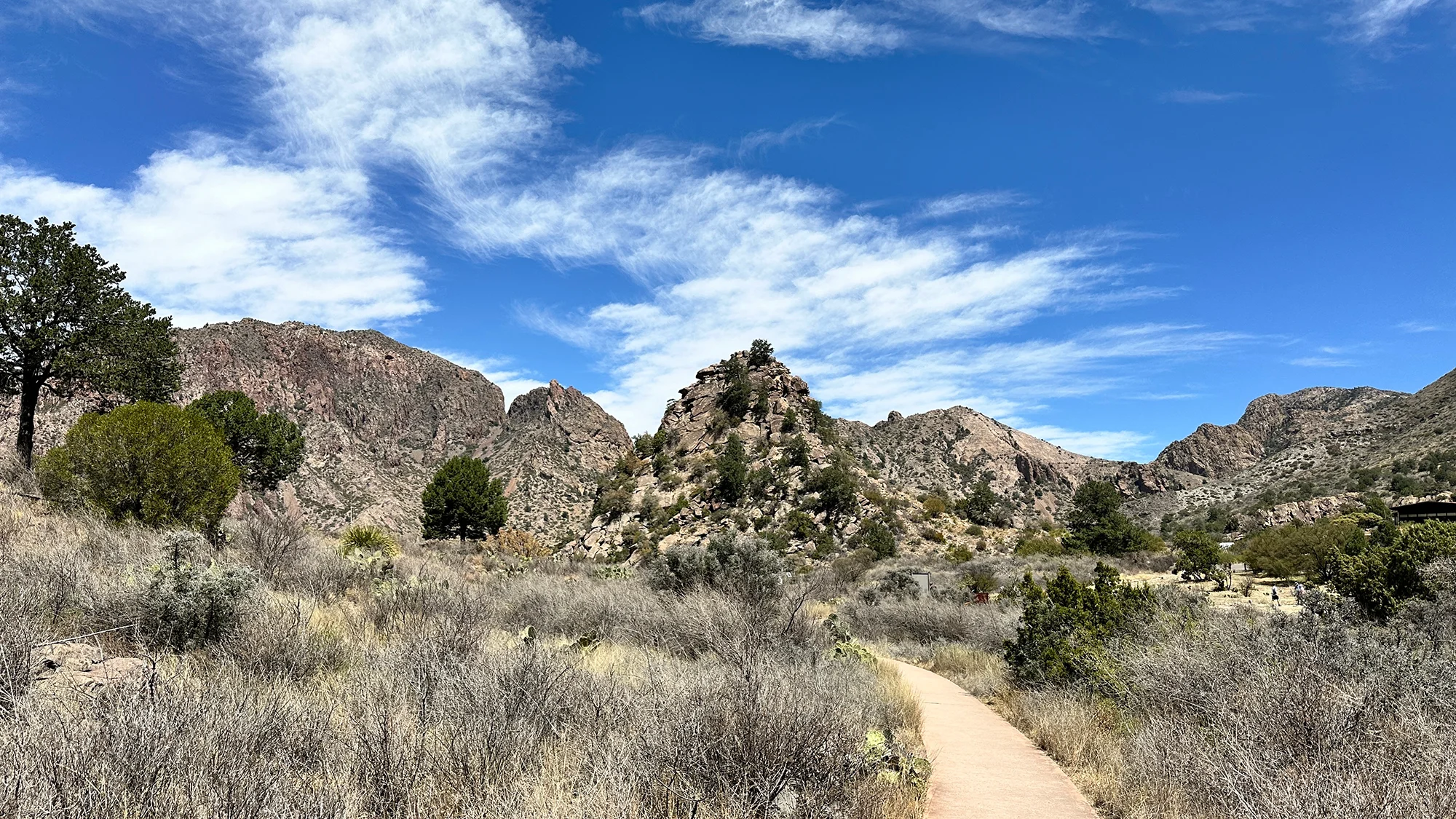
Preservation and Conservation
Since its establishment as a national park in 1944, Big Bend has been dedicated to the preservation and protection of its natural and cultural resources. Today, the park serves as a living laboratory for scientists and researchers studying everything from desert ecology to ancient human civilizations. Through education and outreach programs, the park also strives to inspire future generations to appreciate and steward the natural world.
Before you go, be sure to check the park's website for the latest information on trail conditions, camping regulations, and any other updates that may affect your visit. And remember to pack plenty of water, sunscreen, and a sense of adventure – because in Big Bend National Park, the journey is just as rewarding as the destination.
Read more about our camping products in our blog.




